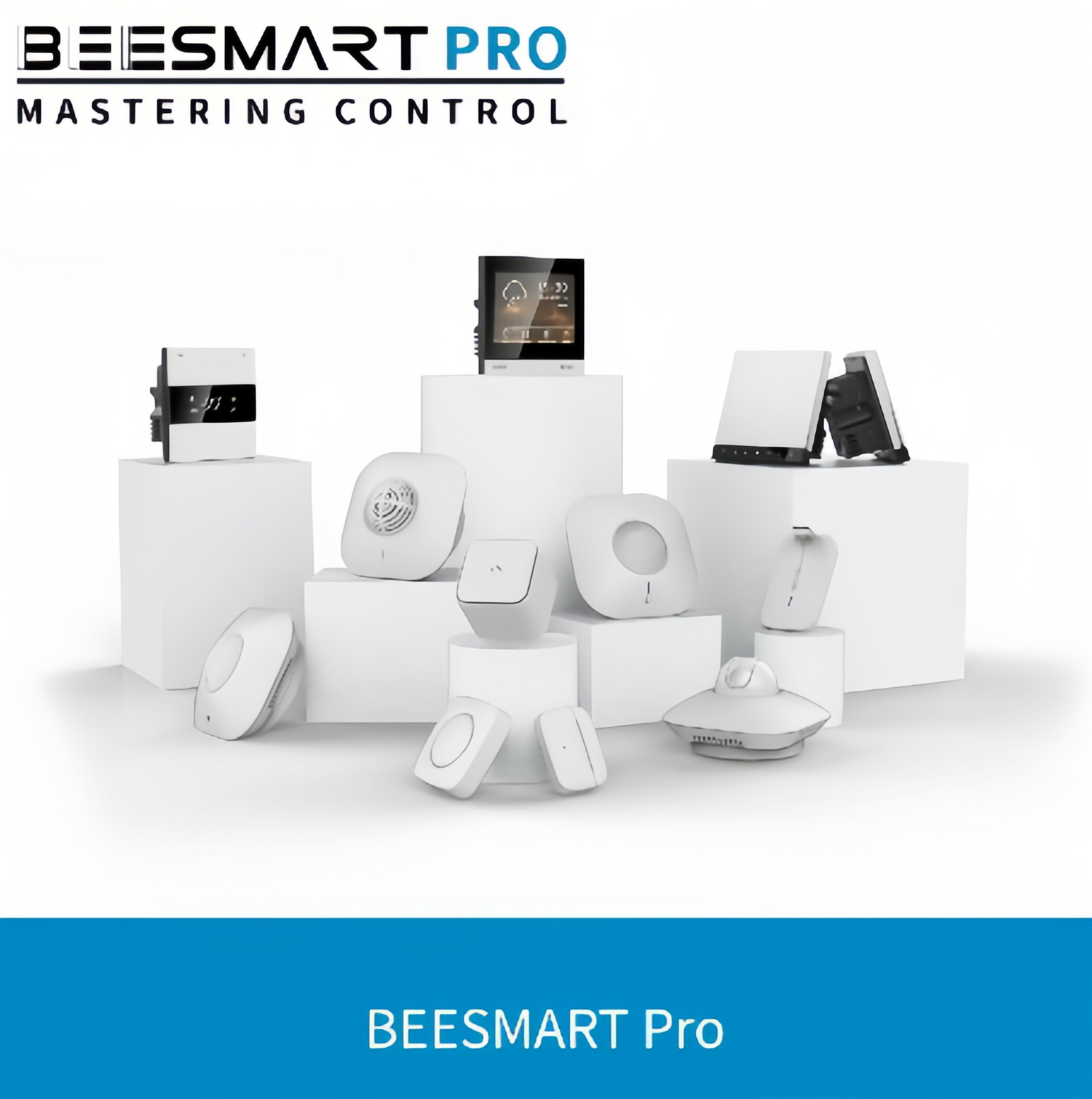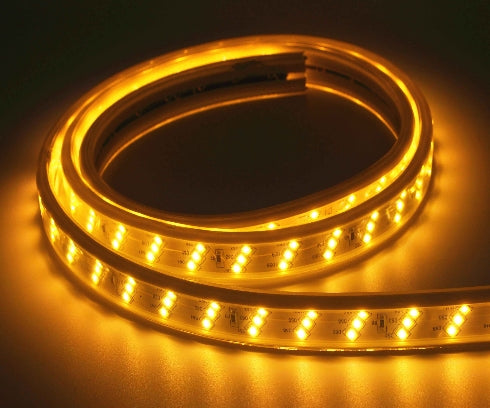一、Global and China Market: Both Scale and Growth Rate Are High
-
Global Market Scale Proportion: The global smart home market scale exceeded 1.2 trillion US dollars in 2024. Among them, home security (accounting for 28%), smart lighting (accounting for 22%), and smart home appliances (accounting for 30%) are the three core segments, which together account for more than 80% of the market share and have become the main drivers of industry growth.
二、Scenario Penetration: From Single-Device Intelligence to Whole-Home Linkage
The application scenarios of smart homes are expanding from "single devices" to "whole-home systems", and the penetration proportions of different scenarios show differentiated characteristics:
-
Proportion of Single-Device Intelligence: Currently, "single smart devices" still dominate in households (accounting for about 65%), such as smart speakers and smart light bulbs. Due to their affordable prices and convenient installation, these products have become the first choice for users to get started with smart homes.
-
Proportion of Whole-Home Intelligence: The penetration rate of "whole-home smart systems" is rising rapidly, reaching 35% in 2024. Among them, the proportion of newly decorated houses choosing whole-home intelligence exceeds 40%, and the proportion in high-end residences such as villas and large apartments is as high as 60%. Users pay more attention to the overall experience brought by "scenario linkage".
-
Proportion of Core Scenarios: In whole-home intelligence, "smart lighting control" (accounting for 32%), "home security monitoring" (accounting for 27%), and "HVAC control" (accounting for 21%) are the three most commonly chosen systems by users, covering the core needs of "lighting, safety, and comfort".
三、User Groups: Young Families Become Mainstream, Needs Tend to Be More Rational
-
Age Group Proportion: Young families aged 25-40 are the main consumers of smart homes, accounting for 68%. Among them, the 30-35 age group has the highest proportion (35%), and they are more willing to pay for smart experiences of "convenience, energy conservation and safety"; the middle-aged group aged 40-55 accounts for 22%, focusing on choosing smart products with "simple operation and high stability".
-
Proportion of Purchase Decision Factors: When users choose smart homes, "practicality" (accounting for 35%), "cost-effectiveness" (accounting for 25%), and "brand reliability" (accounting for 20%) are the top three decision factors. Products that are merely "showy" account for less than 5%. User demand has shifted from "curiosity-driven" to "demand-driven".
Behind the data is the return to the essence of "technology serving life". With "high adaptability, high cost-effectiveness, and scenario-based experience" as its core, the Beesmart smart system occupies an important market share in fields such as smart lighting and whole-home linkage, and has become a choice for families —— with precise demand response, it enables smart homes to truly integrate into daily life.
Welcome to our online shop: https://beesmartiot.com/
Please feel free to contact us : Marketing001@beesmart.hk



Leave a comment
This site is protected by hCaptcha and the hCaptcha Privacy Policy and Terms of Service apply.